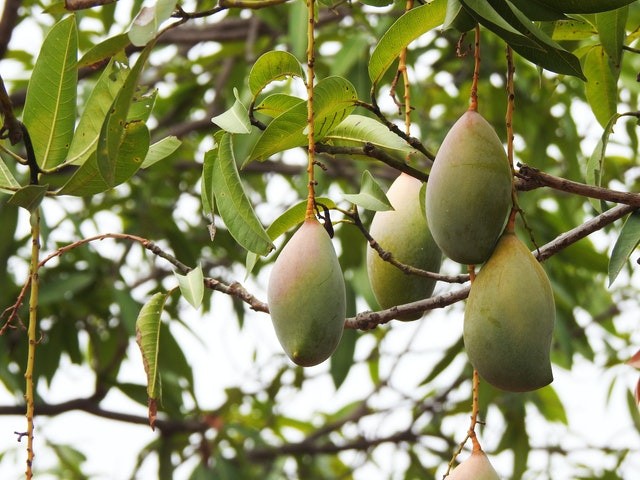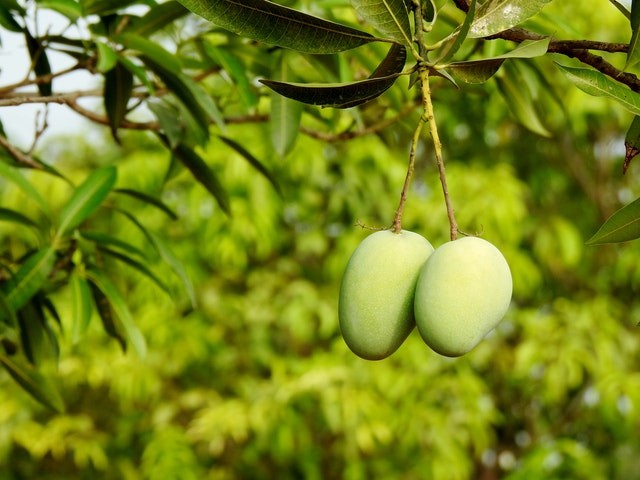It is a unique mango tree. Standing tall in a nursery close to Lucknow, which is the capital of Uttar Pradesh, its large canopy is big enough to contain 15 people for a picnic and the branches of the tree hang heavy with fruit. It soon became known worldwife as the tree with 300 flavors.

The Mango Man
Different from the tender trees it towers over, though, the leaf's texture on every branch is dissimilar: Some are olive green or dull green; others are vibrant and glossy. The mangoes on every branch look dissimilar too: oval, kidney-shaped or round, some yellow, some green, and others possess shades of pink, purple, and orange. The reason is that this magical mango tree grows over 300 varieties.
Over a video call, Kalimullah Khan who is 80 years old, called the "Mango Man." plum and bearded in a white kurta pyjama that is crisp, sits under the canopy of the tree and specifies varieties, each being identified by a little label on its green pedicle: Himsagar from West Bengal, Langra from Bihar, Dasheri mangoes from a close-by village.
And obviously, the prized Alphonso mango, whose creamy, sweet, saffron-colored pulp, is highly demanded both domestically and internationally.
The Mango Farm of Khan
The mango farm of Khan is in Malihabad, a sizable mango belt and the paradise of mango lovers in Northern India with over 38 square miles (10,000 hectares) of mango farms. The Indo-Persian poet, Amir Khusro, named the mango, which is indigenous to India and its subtropical and tropical climate, the "fairest fruit of Hindustan."
Centuries ago intensive cultivation started under the Mughal Empire, and India continues to be the largest mango producers in the world, growing over 1,000 varieties and accounting for over 40 percent of production.
With his son's help, Khan cultivates 22 acres of farmland initially planted by his grandfather in the early 1900s. When Khan left high school, he made this his life work, the family planted just a few local varieties, much like close-by mango farms. The seeds of his mango grafting obsession were sown at the age of 15, when Khan saw crossbred roses in the garden of a friend, with one rose plant developing flowers with different colors. It made him wonder if one tree could also manufacture different types of fruits.

Seven Different Varieties of Mango Grafted
He was just 17 when he grafted seven different varieties of mango onto one tree. He was broken-hearted when the tree was killed by floods, but he was determined to get more knowledge about grafting, which he had learned about on the orchards of his family.
All over the world, gardeners and farmers make use of grafting to fuse the bottom portion and roots of one plant with the shoots and top part of another. It's a method of reproduction that is fast and reliable and can potentially merge the best features of two plants.
Related Article : Study Finds that the Largest Trees Capture Much More Carbon and Dominate Forest Carbon Storage
For more news, updates about trees and similar topics don't forget to follow Nature World News!
© 2025 NatureWorldNews.com All rights reserved. Do not reproduce without permission.





